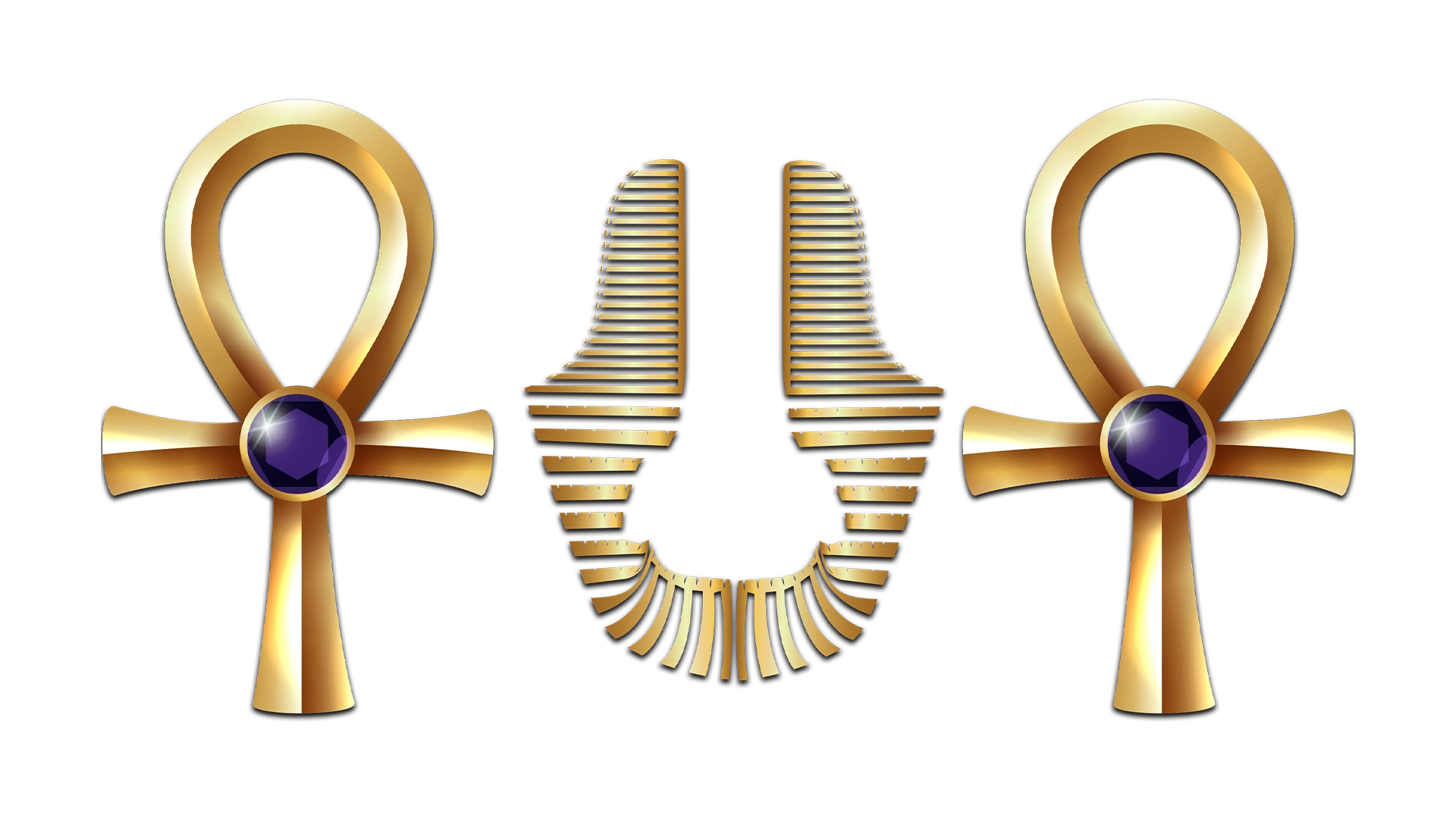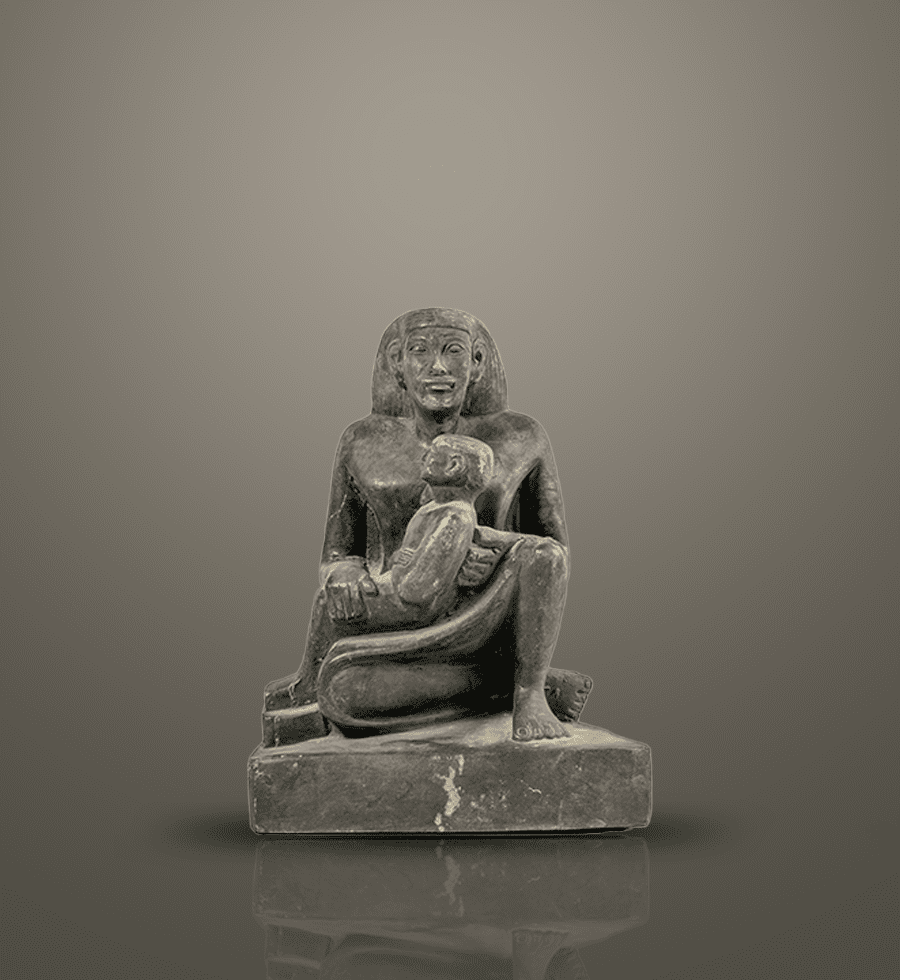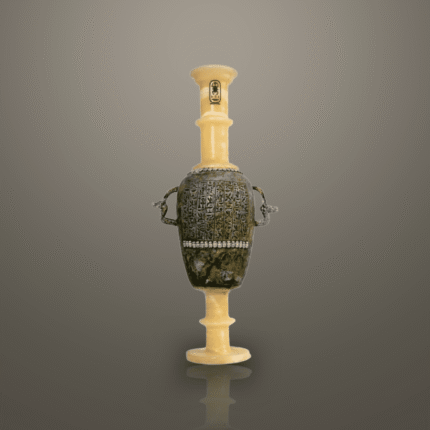Isis: Goddess of Motherhood and Protection
The Isis statue, often depicting the goddess holding her son Horus, is one of the most recognized symbols in ancient Egyptian mythology. this statue was a mother, protector, and nurturer. In this statue, she cradles Horus, which emphasizes her role as a loving mother and divine protector. This powerful image represents themes of motherhood, fertility, and guardianship, making Isis an essential figure in Egyptian life.
In addition to her role as a mother, this statue was also known for her magical powers and healing abilities. She restored life to her husband, Osiris, and protected Horus from harm. Because of these qualities, statues of Isis were often placed in homes and temples. People believed her presence brought comfort, security, and protection from evil.
The Symbolism and Cultural Importance of Isis
This statue holding Horus showcases her importance in Egyptian culture. As a protector of families and pharaohs, she represented fertility and the cycle of life. Also, this statue, often seen in temples and tombs, served as a reminder of her nurturing and protective powers.
Moreover, Isis’s connection to Horus highlighted her role as a guardian. Horus, destined to become the god of kingship, needed her protection. As a result, Isis became a symbol of strength and unconditional love, values deeply respected in Egyptian society.
Artistic Craftsmanship and Religious Meaning
The Isis statue reflects the artistry of ancient Egyptian sculptors. Crafted from materials like stone or bronze, these statues were designed to last. The careful depiction of Isis nurturing Horus demonstrates the skill of the artisans. More than just art, these statues held deep religious significance, symbolizing protection and the divine bond between mother and child.
For more information on the role of statue in ancient Egyptian mythology, visit our Egyptian Mythology Guide. To explore similar artifacts, check out our Alabaster collection of Egyptian God Statues.











Reviews
There are no reviews yet.